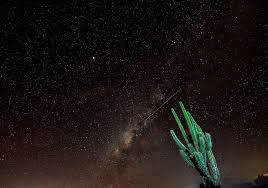Our measurements of some of the most fundamental processes in the universe could be wrong, according to new research.
Astronomers have found that what we thought we knew about the chemical measurements of stars could be mistaken. Since those stars have been used to track the history of the universe as it expands, our measurement of fundamental processes such as the Hubble constant and the amount of dark matter could be wrong too, scientists have said.
That, in turn, suggests that we may be wrong in our understanding of how bright such stars can be, how the brightness changes over time, and how long they can stay bright. In the other kinds of explosions, the brightness is not as neatly constrained, and so we cannot know as definitively how bright a star should appear.
The new complication arises because astronomers use that brightness – and the difference between how bright a star should really be and how bright it appears to us – as a way of measuring how far away it is.
That assumption has been used for some of the most fundamental research about our universe. It has underwritten work that helped suggest that our universe is made up of about 70 per cent dark energy, and the measurement of the Hubble constant, or the speed at which our universe is expanding.
In some ways, the new measurements might prove useful to scientists. It could help explain the apparent discrepancy in the Hubble constant, which has arisen as scientists have found that different measurements – some using type Ia supernovae and others looking at the universe through the cosmic microwave background – do not match up.
Further work is expected to help check the new findings against observations of other parts of the universe. One important test could be the third data release from the European Space Agency’s Gaia programme, which will come next year.
The Independent
 Lebanese Ministry of Information
Lebanese Ministry of Information



